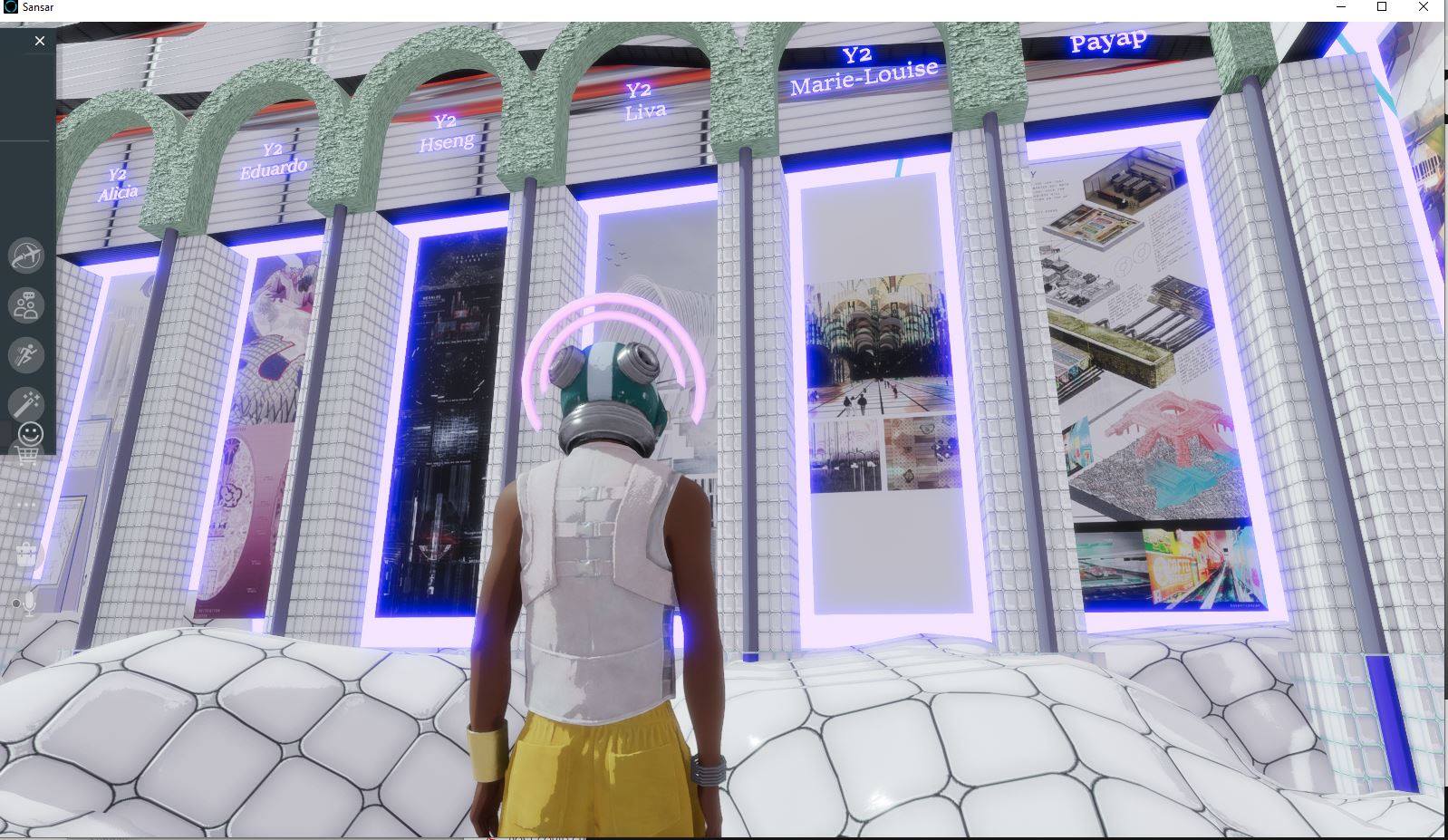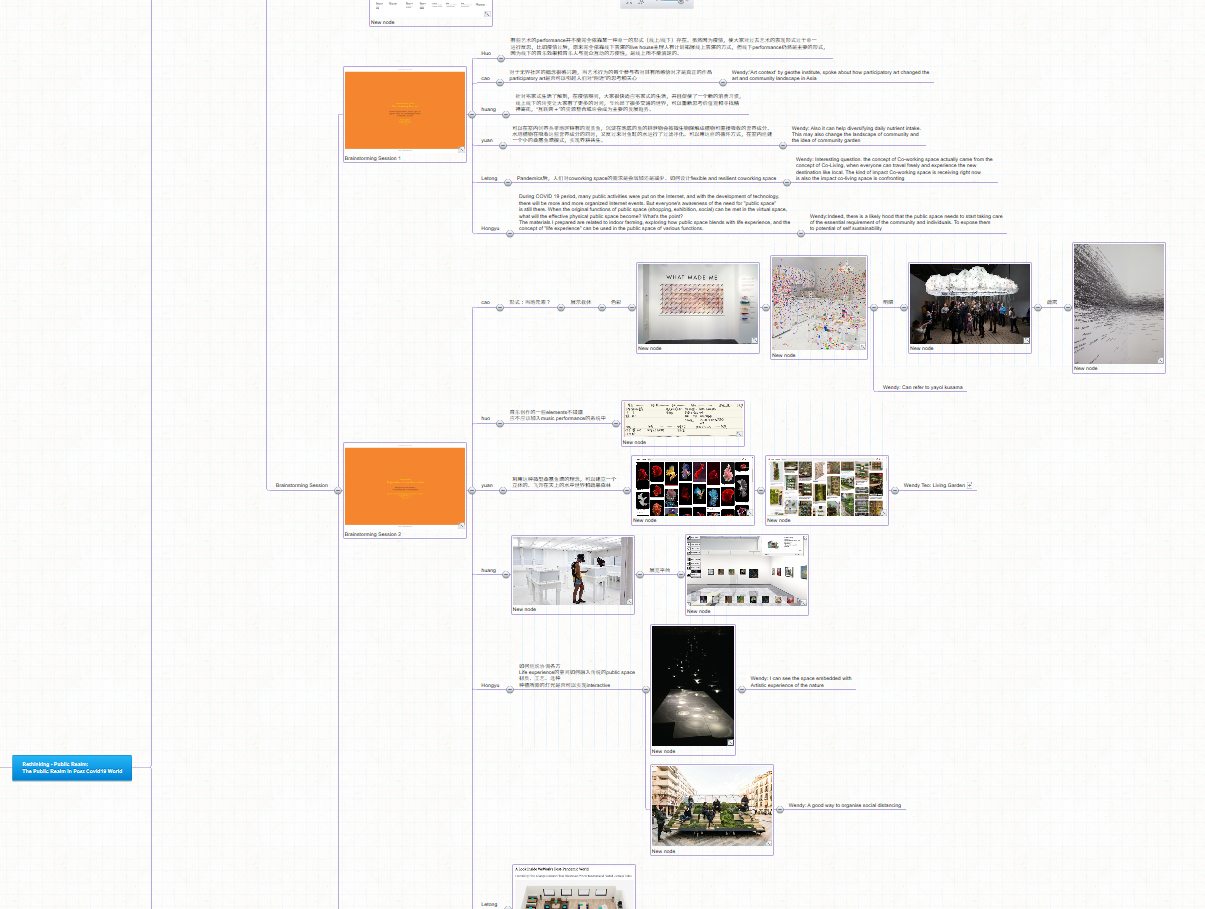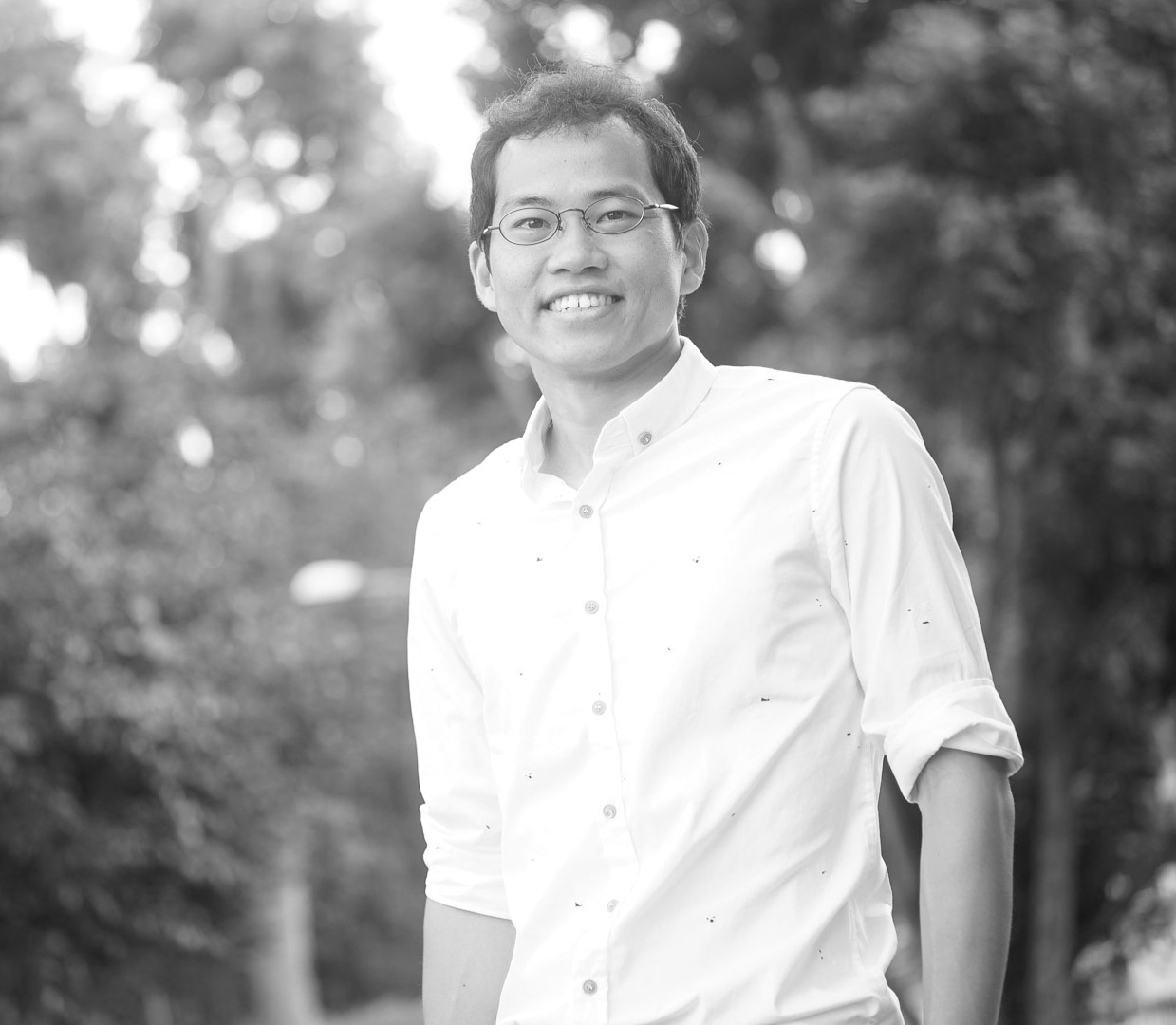Landscape Architects in the Conversation of...Covid-19

The mass spread of COVID-19 has influenced our lives quite substantially. Social distancing measures have made us rethink the way we travel, work, and communicate with each other. Digital technologies have come to support the difficult times, offering new ways of interaction, in schools and firms.
National University of Singapore, MLA design studio, and modules have shifted to online platforms as well, relying on Zoom/Skype for communication. Submission and review process went digitally and asked students to record voice-over presentation slides. In view of the Covid-19 situation to extend a longer period, how shall we adapt to the situation, leveraging on tools that are more suitable for our education/practice? Chulalongkorn University’s INDA parade 2020 gives some hints on the new approach we could potentially take. I hope to hear what tools you recommend!

Other similar types of brainstorming platforms include Miro, Padlet, and Conceptboard. A platform that allows communication through graphics and sketches should be more suitable for design professions. Understood these tools have started being used in teaching as well as in practice.
There are more useful resources on distance learning and design exploration on this webpage; Distance Design Education. Although I am a big fan of direct face-to-face communication, it is worthwhile to understand the tools available to enhance our design communication smoothly and remotely. It is important to know the pros and cons of both ends, so that in post-COVID19 time, we can have more options to select from.

Lastly, under the COVID19 Movement Control Order, the popularity of public parks is quite significant. I hardly saw people on campus, cafes, or on streets, but in parks, there were a lot of people exercising and playing. It is not ideal for anyone, especially for young children, to stay home for the entire day, for many days. Through this experience, I hope many people re-realized the importance of having a green public park within their vicinity, for a comfortable place to sustain the well-being, physical and mental health. It is great to have more supporters from the community on what landscape architects can contribute to our society.
About the Author
 | Kenya Endo is a landscape architect and educator at the National University of Singapore, Department of Architecture. He is interested in designs interrelated with landscape infrastructure and urban hydrology. During his 6 years of practice in Singapore, Kenya has worked on several interdisciplinary projects in South-East Asia, with the focus on creating livable spaces that integrate infrastructural, ecological, and social values. |

